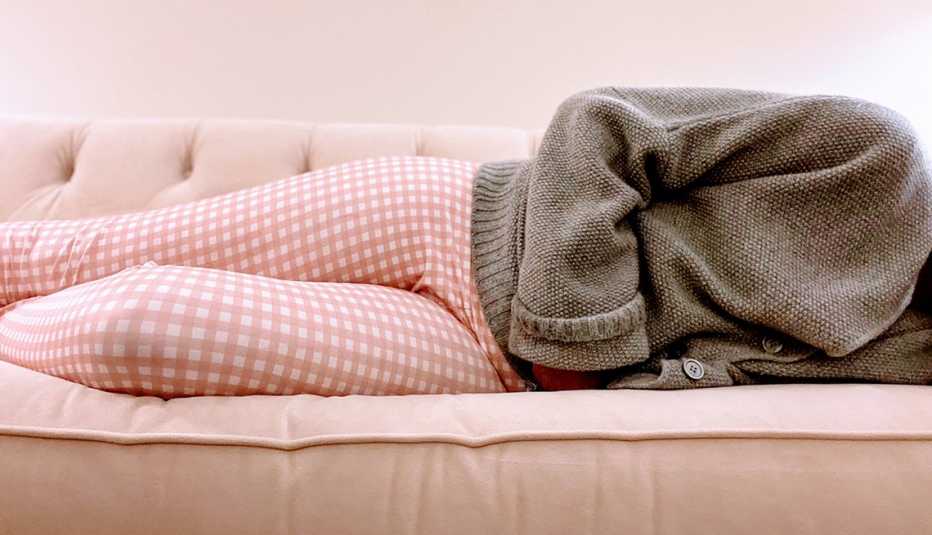Staying Fit
It may pay to give your urine at least a passing glance. Doctors say that changes to its color, odor or consistency can sometimes indicate a health problem.
Urine is produced by your kidneys, which filter toxins, waste products and extra water out of your blood. From the kidneys, urine flows through tubes called ureters to your bladder, where it’s stored until you are ready to urinate.


AARP Membership— $12 for your first year when you sign up for Automatic Renewal
Get instant access to members-only products and hundreds of discounts, a free second membership, and a subscription to AARP the Magazine.
Healthy urine is transparent and yellow. A range of shades from pale yellow to deep gold is normal depending on your level of hydration, says Dena Rifkin, M.D., a nephrologist and professor of clinical medicine at the University of California, San Diego School of Medicine. “Your kidneys are exquisitely well tuned to make more concentrated urine if you drink less fluid and more diluted urine if you drink more,” Rifkin says.
The good news is, if you notice anything unusual about your urine, a doctor can do a quick urinalysis to help learn what’s going on. “Urinalysis is a noninvasive two-minute test that most doctors have in their office,” Rifkin says. “So if you’re concerned that you’re excreting something abnormal, that’s a really easy test to get done quickly.”
Here are some common changes to look for, and what they might mean.
1. Brown or dark amber urine
If your urine is brown or dark amber, that’s often a sign of serious dehydration, says Petar Bajic, M.D., a urologist at the Center for Men’s Health at the Cleveland Clinic. When you’re low on fluid, the waste products in your urine are more concentrated, making it darker. (It will also likely have a stronger odor.)
Along with not drinking enough fluids, you’re at risk of dehydration if you have a fever, if you have been vomiting or experiencing diarrhea, or if you’ve been sweating. You should also watch for dehydration if you’re caring for a family member with dementia.
If you suspect dehydration, increasing your water consumption for a few hours is usually enough to rehydrate you, Bajic says.





































































